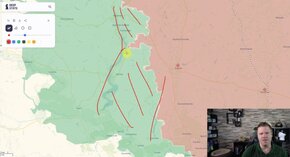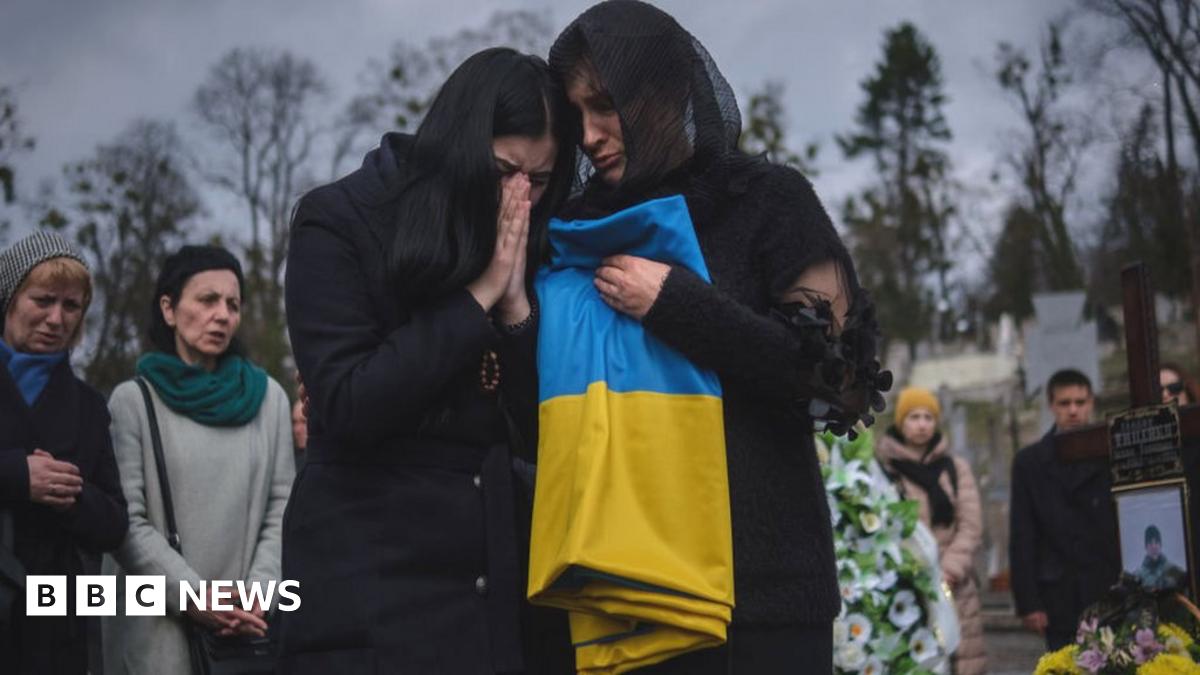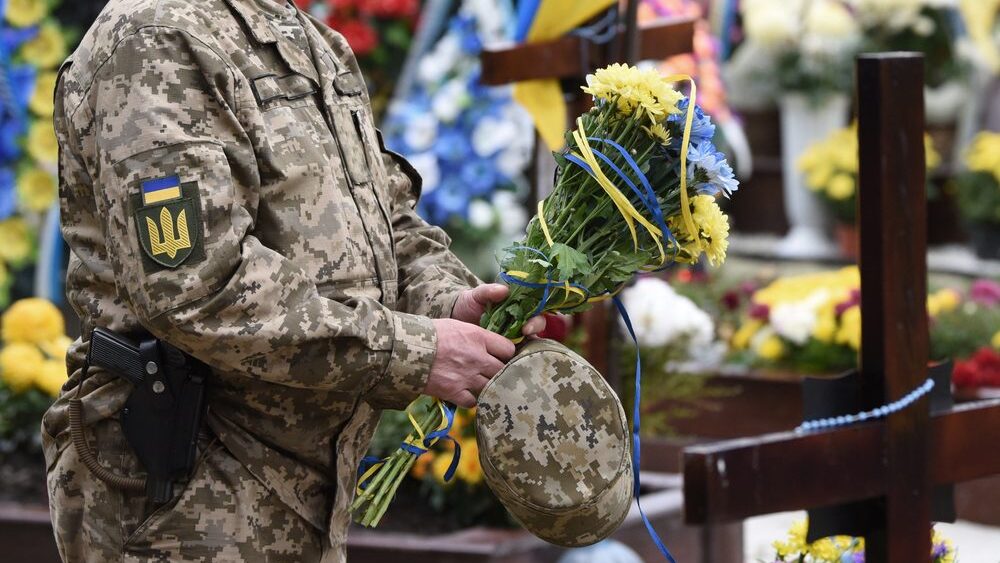Negotiations under duress are rarely considered valid by the future inheritors.
All negotiations to end wars tend to be under some sort of duress, namely the continuation of hostilities. This argument makes agreement to end hostilities essentially impossible since neither side would be bound by them.
Negotiations involve two sides. So far, we’ve only seen the Istanbul agreements — a circus and, essentially, a surrender. At this point, there’s no real reason for Ukraine to agree to such terms. I don’t know, of course, what aid will be provided for 2025-26, but reducing the army according to those requirements without security guarantees is pointless. Ofc Ukraine loses territory, yet Russia keeps losing equipment in quantities that took decades to build.
I don't think they were any real surrender. They did create a weak Ukraine but also returned most occupied territory to Ukraine in exchange for recognizing the independence of two relatively small breakaway territories, and of course Crimea. It's almost certain that any future negotiations will involve accepting greater territorial losses.
On a side note Russia's current vehicle inventories didn't take Russia decades to build because Russia didn't build them. At all. They were built by the Soviet Union who could produce enough vehicles to maintain current attrition rates quite well. How long it would take Russia to produce this massive pile of armaments under peacetime conditions is an open question, but certainly it's a problem. I think that if the war ends and we return to peacetime economics with some increased spending, then Russia will never again have such a pile.
According to OSINT data, over the past two weeks, I read that Russian forces have decommissioned nearly 90% of their T-80 tanks since the start of the war and have lost about 1,000 of them. The situation with the T-90 is even worse, though there are still enough T-72s.
You mean re-commissioned?
The same goes for IFVs. Most of Russia's recent IFV losses are older BMD-2 models brought back from storage. BMD-4 losses have been relatively steady, as they’re produced in very limited numbers (and are the only IFVs still in production). I’ve read from multiple sources that, judging by satellite images, at this rate, IFVs could run out by spring 2025. This means that without external support, Russia’s offensive capability won’t be sustainable, and the only option for assistance is from China.
I don't have a good way to track Russian vehicle losses but if there has been a spike in BMD-2 losses, it's because of VDV units riding them being heavily engaged in Kursk region. The BMD-4 isn't in production at all, and BMD-4
M losses are small because it's a relatively uncommon vehicle. Iirc only ~300 were produced pre-war. Awkwardly enough the BMD-4 and 4M are actually different vehicles. The BMD-4 is a BMD-3 with a new turret. The BMD-4M is a new chassis, engine, etc. with the turret retained... However the BMD-4M is certainly not the only IFV in production and this is a very silly claim. BMD-4Ms are a niche air-droppable IFV whose production ceased at some point in I think late '22, and wasn't resumed until '24 in some quantity. I have a suspicion that current production is only clearing a backlog of partially built vehicles and components, and once those are used up it will cease again. It doesn't make sense to produce the vehicle for this war unless it can be done with literally no impact to BMP-3M production. Which is the actual IFV in production, not sure how you missed it. On a side note Russia uses MT-LBs, BMPs, BMDs, and BTRs almost interchangeably. So if you really want to talk about production you really can't ignore the BTR-82As being churned out by AMZ. My best estimate is that a combination of AMZs BTRs and Kurganmash BMP/BMD production equates to ~1000 light amored vehicles per year. This is before we get to the Z-STS, Kamaz Typhoon, etc. So even with exhausted storage piles this still provides a considerable volume. Russia would have to slow down if this is all they got but not stop entirely.
However, and this is the real question, what will Russia do once stored vehicles run out? There are options, and I'm curious to see which ones Russia takes. For example one logical option might be restarting BMP-1 production (in the AM variant with the extra armor) at the Rubtsov Machinebuilding Plant. Another logical option might be to re-tool the plant to produce more BMP-3Ms, or even the Manul variant.
Things are better at the storage bases for MLRS. Currently, only 16% of the 'Grad' systems remain there (166 out of 1,025 before the full-scale war), 43% of the 'Uragan' systems (171 out of 394), and 12% of the 'Smerch' systems (2 out of 17). According to Oryx data, Russian MLRS losses of all types amount to at least 426 units.
I think this is a weak spot in Russian armaments, the plant that produced Tornado-S and G vehicles is in poor shape and went through iirc a bankrupcy. I suspect it will be rescued in some way but Russia will definitely have issues there.
In towed artillery, things are also far from smooth. Out of 14,486 towed artillery units (including mortars, or 11,876 units if excluding them), the current number of operational units is only 6,134 (all mortars have been reactivated). Many of the remaining units are very old, some even dating back to WW II, and many others are likely in quite poor technical condition. But I’m still waiting, as a detailed new review of the stockpiles should be released soon.
It's an interesting question as to why Russia hasn't attempted to boot up Msta-B production again. It's not a complex howitzer, and Russian produces the Msta-SM and Mal'va, both essentially the Msta-B cannon in different variants. Towed guns are some of the relatively easier things to produce compared to some other things that Russia does pump out in volume.
Therefore, I think they will not consider negotiations without any critical situations, such as a halt in aid to Ukraine. Russia may turn a couple more cities like Bakhmut into ruins, mb taking Pokrovsk and reaching somewhere like Sloviansk would be the limit for next year, imho.
An optimistic limit in general too. Russian forces taking Pokrovsk and pushing all the way through Toretsk, Chasov Yar, Krasniy Liman, and Seversk, to reach the outskirts of the Slavyansk-Kramatorsk area would be a good year for Russia. This is of course assuming Ukraine can maintain at least the current level of resistance, which is an open question. With deteriorating Ukrainian performance we could see Russian gains accelerate next year in the same proportions they did this year, by a factor of ~5 in monthly sq kms captured, next year could get really nasty. We have an equation with at least two variables, Russia holding up and Ukraine holding up.
Russia is an unreliable negotiating partner. First of all, I haven’t seen a map with the territories under the Istanbul agreements — they haven’t shown it. Secondly, reducing the army to 100,000 troops, cutting certain military equipment tenfold, and needing Russia’s permission for military aid in case of another attack? Reliable plan. And as for the territories they would return, even if they kept only Crimea and the Donetsk and Luhansk regions, Russia would recapture everything in the short term due to Ukraine's new military capacity and would have the possibility to take cities they couldn't before, like Kyiv and Odessa. But there would be no Western support anymore.
Such agreements provide absolutely nothing except a short-term truce
I think that if the west is serious about protecting Ukraine then bilateral security agreements could do it without NATO membership. The real question is, how serious is the west if an easy out exists?






